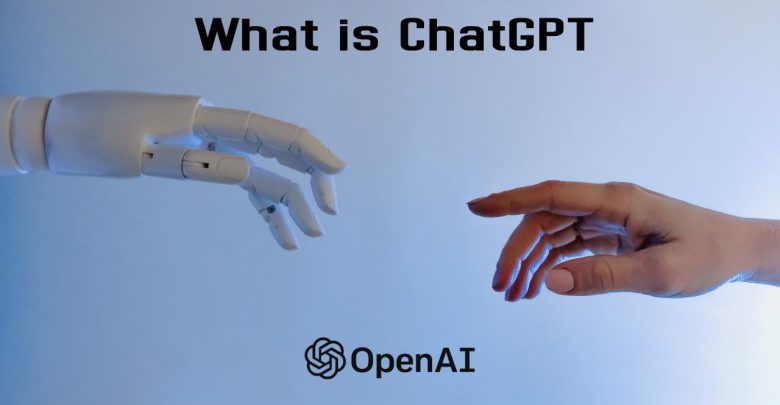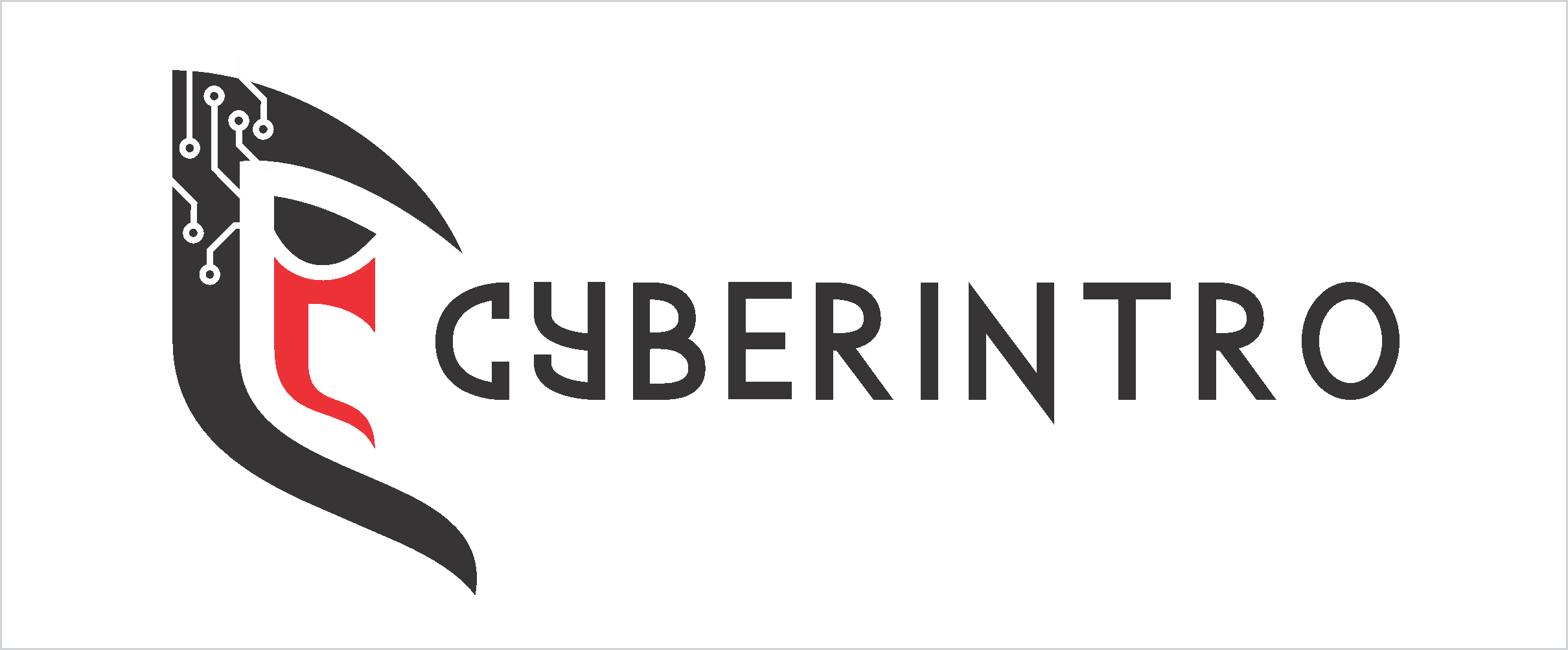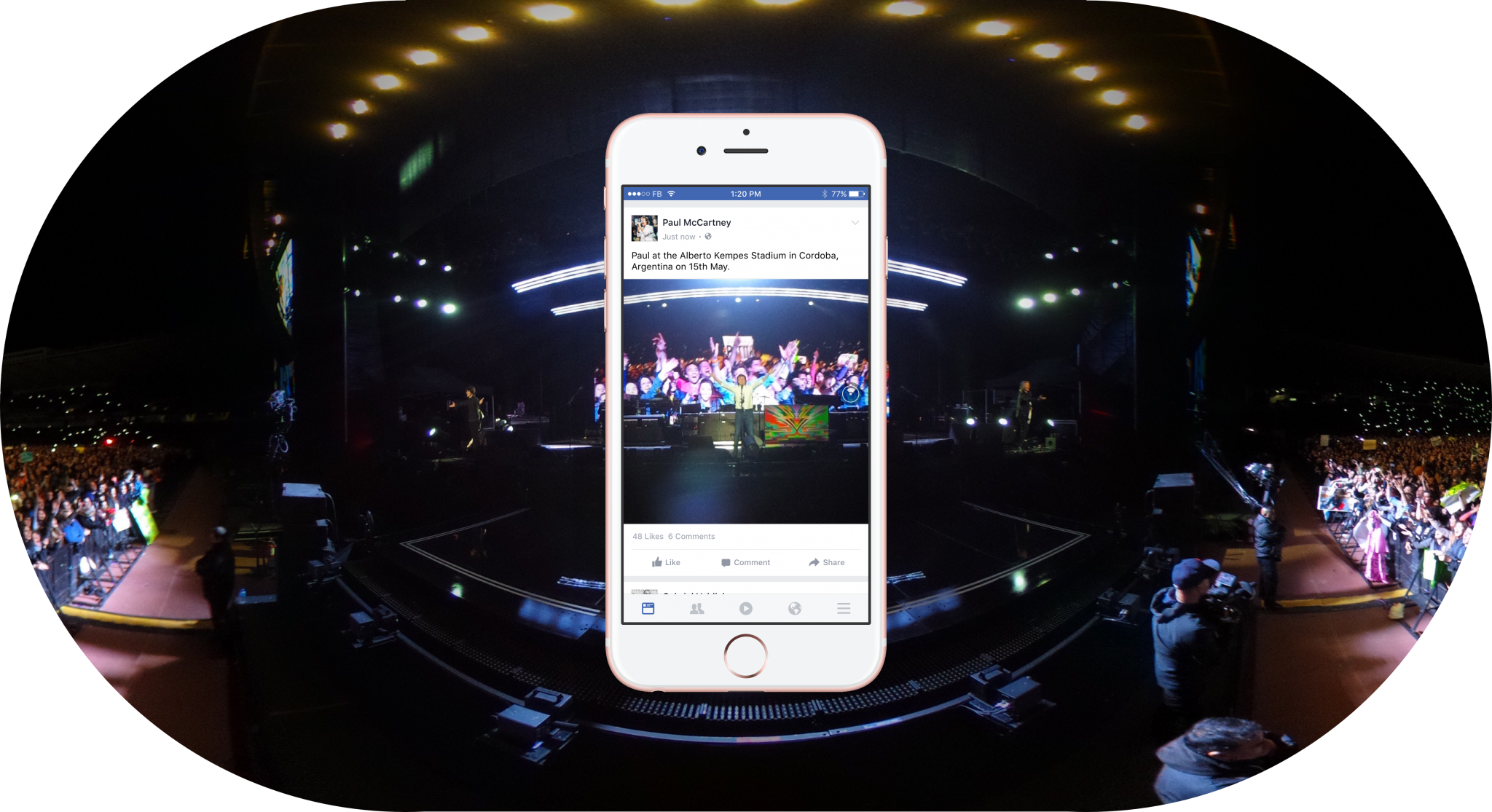What is?Technology
What is ChatGPT?

Table of Contents
ChatGPT: An Overview
ChatGPT is a large language model developed by OpenAI, an artificial intelligence research lab dedicated to advancing the field of AI by creating and promoting friendly AI that benefits humanity. ChatGPT is a deep learning-based model that is trained on massive amounts of text data, making it capable of generating coherent and meaningful human-like responses to natural language questions and prompts. This article provides an overview of ChatGPT, including its architecture, training data, capabilities, and applications.
Architecture of ChatGPT
ChatGPT is a transformer-based language model that is based on the Generative Pre-trained Transformer (GPT) architecture. The transformer architecture was introduced in the 2017 paper “Attention is All You Need” by Vaswani et al. and has since become the backbone of many state-of-the-art NLP models, including ChatGPT. The transformer architecture is designed to capture the relationships between different words in a sentence, allowing it to model the meaning of a sentence in a more sophisticated way than traditional RNN-based models.
The GPT architecture consists of a series of self-attention layers, feedforward layers, and layer normalization, followed by a softmax layer that outputs a probability distribution over all possible tokens in the vocabulary. The model is pre-trained on large amounts of text data, allowing it to learn the patterns and relationships between words and sentences. The pre-trained weights are then fine-tuned on a specific task to make the model more specialized.
Training Data
ChatGPT is trained on a massive corpus of text data, allowing it to learn the patterns and relationships between words and sentences in a wide range of contexts. The model is trained on web pages, books, and other text sources, and is designed to be capable of handling a wide range of topics and languages. This extensive training allows ChatGPT to generate coherent and meaningful responses to natural language inputs.
Capabilities
ChatGPT is capable of generating human-like responses to a wide range of natural language inputs, including questions, statements, and prompts. The model can generate responses in a variety of styles and tones, making it suitable for a wide range of applications. Some of the capabilities of ChatGPT include:
- Question answering: ChatGPT can answer questions by extracting information from its training data and generating a coherent and relevant response.
- Text completion: ChatGPT can complete text prompts by generating a continuation of the text that makes sense in context.
- Text generation: ChatGPT can generate new text based on a prompt, such as a summary of a news article or a poem.
- Conversation: ChatGPT can engage in conversation by generating responses to prompts in real-time, allowing for a more natural interaction with users.
Applications
ChatGPT has a wide range of potential applications, including customer service, content creation, and language translation. Some of the applications of ChatGPT include:
- Customer service: ChatGPT can be used to provide customer support by answering customer questions and providing relevant information.
- Content creation: ChatGPT can be used to generate articles, summaries, and other types of text content.
- Language translation: ChatGPT can be fine-tuned on a parallel corpus of text data to generate translations between languages.
- Chatbots: ChatGPT can be used to build chatbots that can engage in natural language conversation with users.
Conclusion
ChatGPT is a large language model developed by OpenAI that is capable of generating coherent and meaningful human-like responses to natural language inputs. The model is trained on a massive corpus of text data, allowing it to learn the patterns and relationships between words and sentences in a wide range of contexts. Its transformer-based architecture, combined with its ability to generate responses in a variety of styles and tones, make it suitable for a wide range of applications, including customer service, content creation, and language translation.
While ChatGPT is a remarkable achievement in the field of NLP, it is important to remember that it is not without its limitations. Like all AI models, ChatGPT can sometimes generate biased or incorrect responses, and it is important to use it in conjunction with other tools and methods to ensure that the output is accurate and trustworthy. Additionally, ChatGPT’s reliance on large amounts of text data means that it may not be suitable for use in all contexts, particularly those where data is scarce or where the data available is biased.
Despite these limitations, ChatGPT represents a major step forward in the field of NLP and has the potential to be a game-changer for a wide range of industries and applications. As the field of AI continues to advance, it is likely that we will see even more impressive and powerful models in the future, and ChatGPT will undoubtedly play a role in paving the way for these developments.
Also Read: What is Artificial Intelligence?





